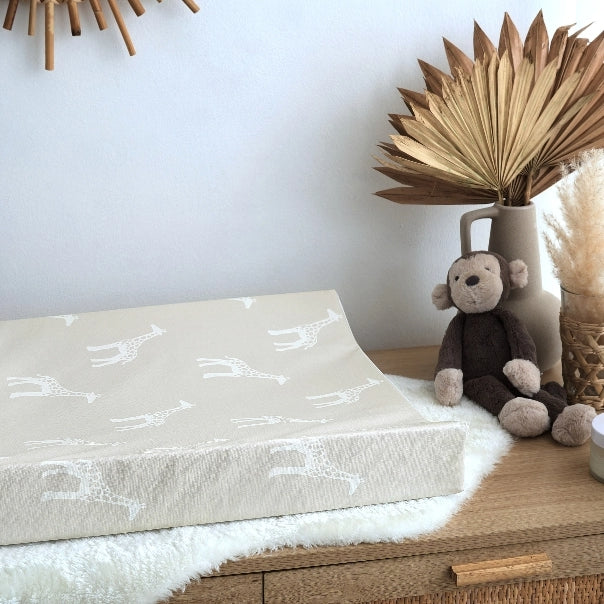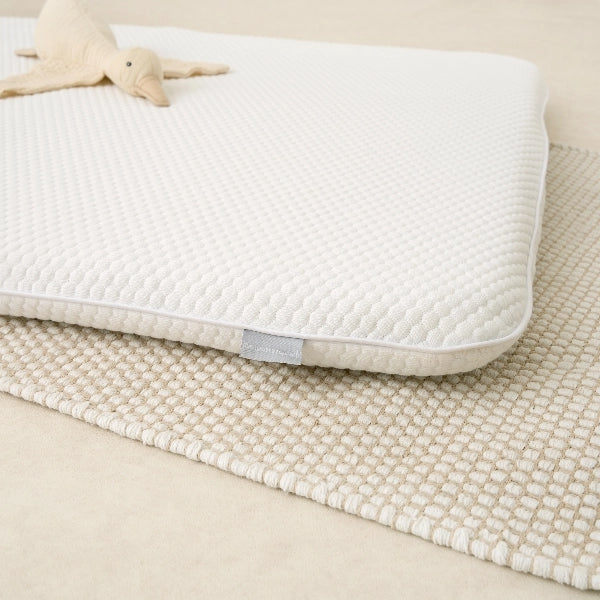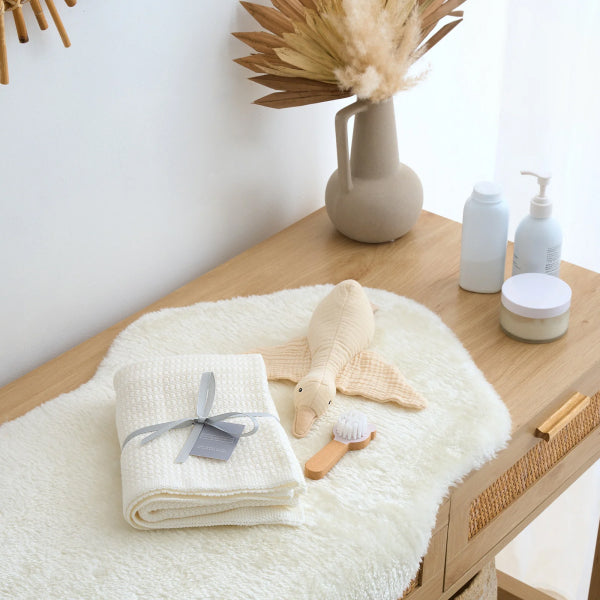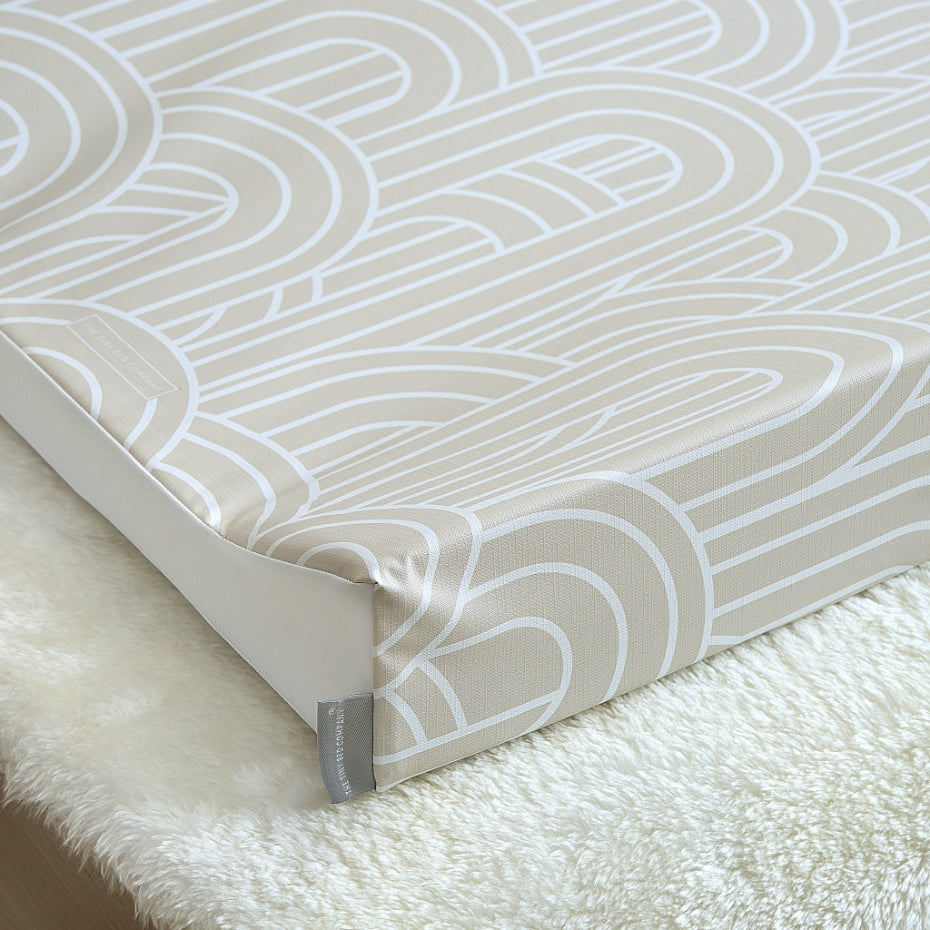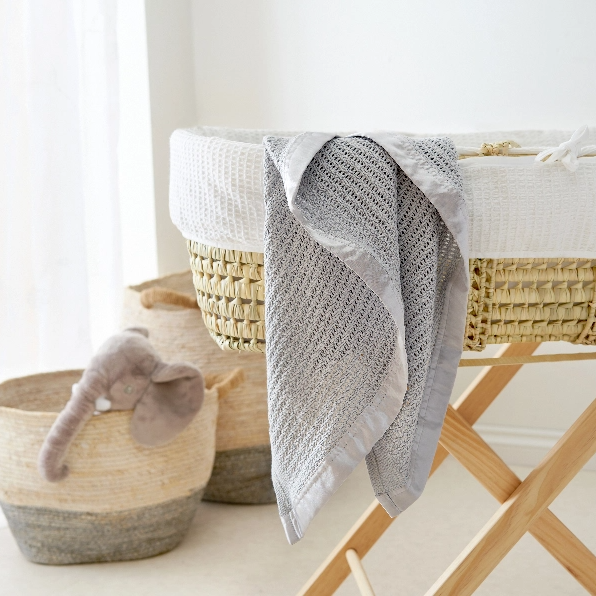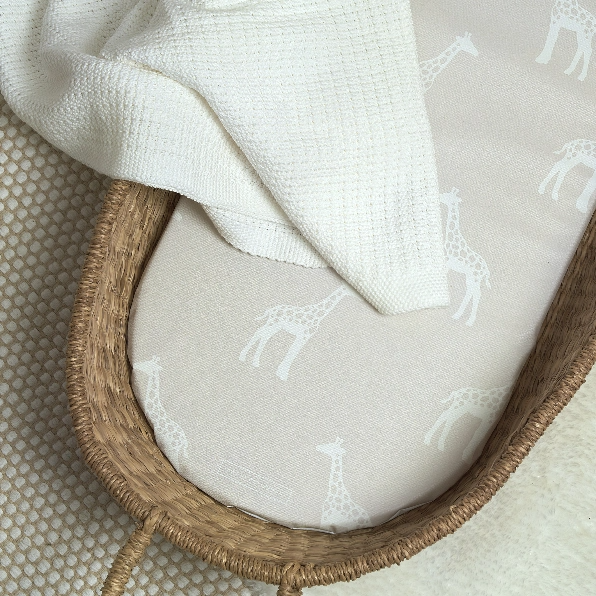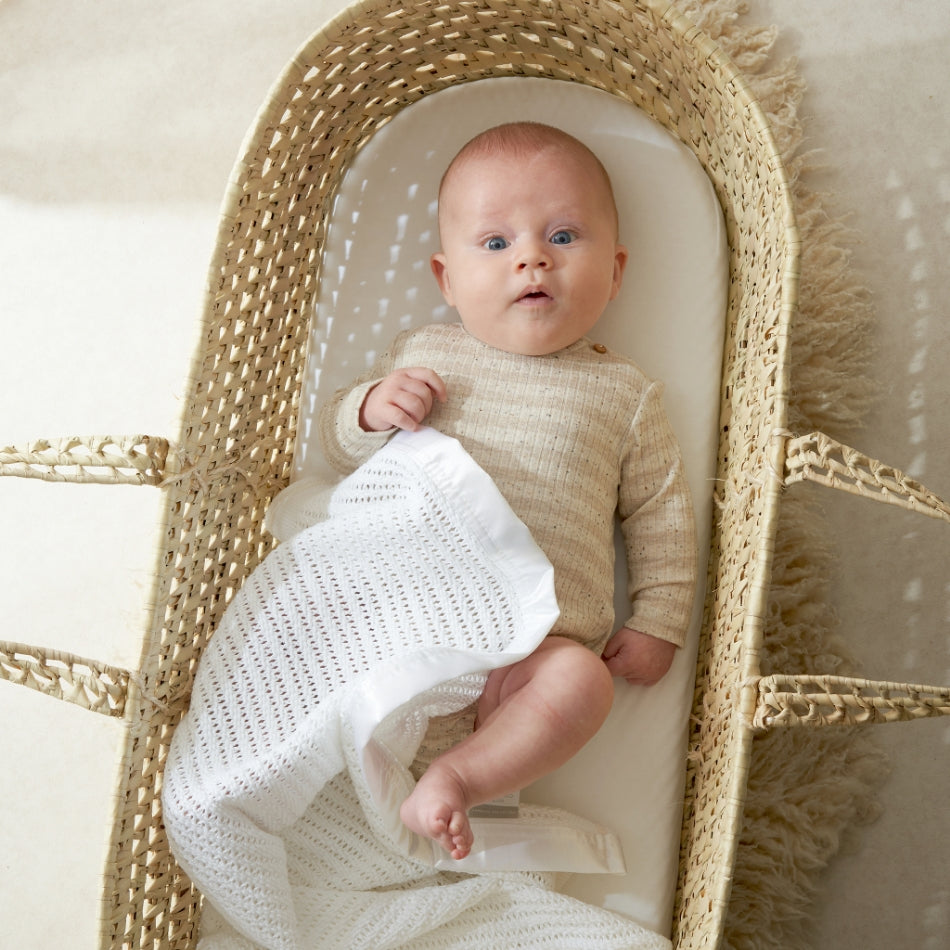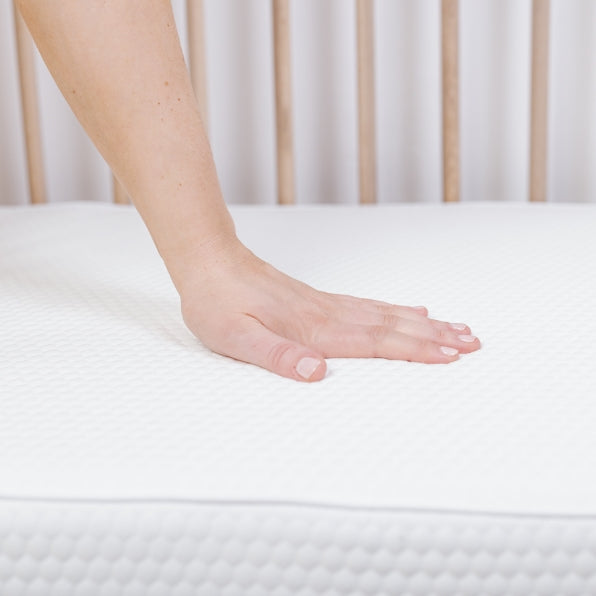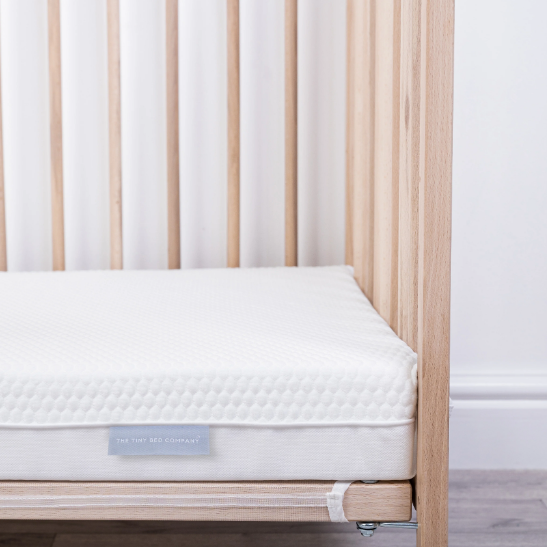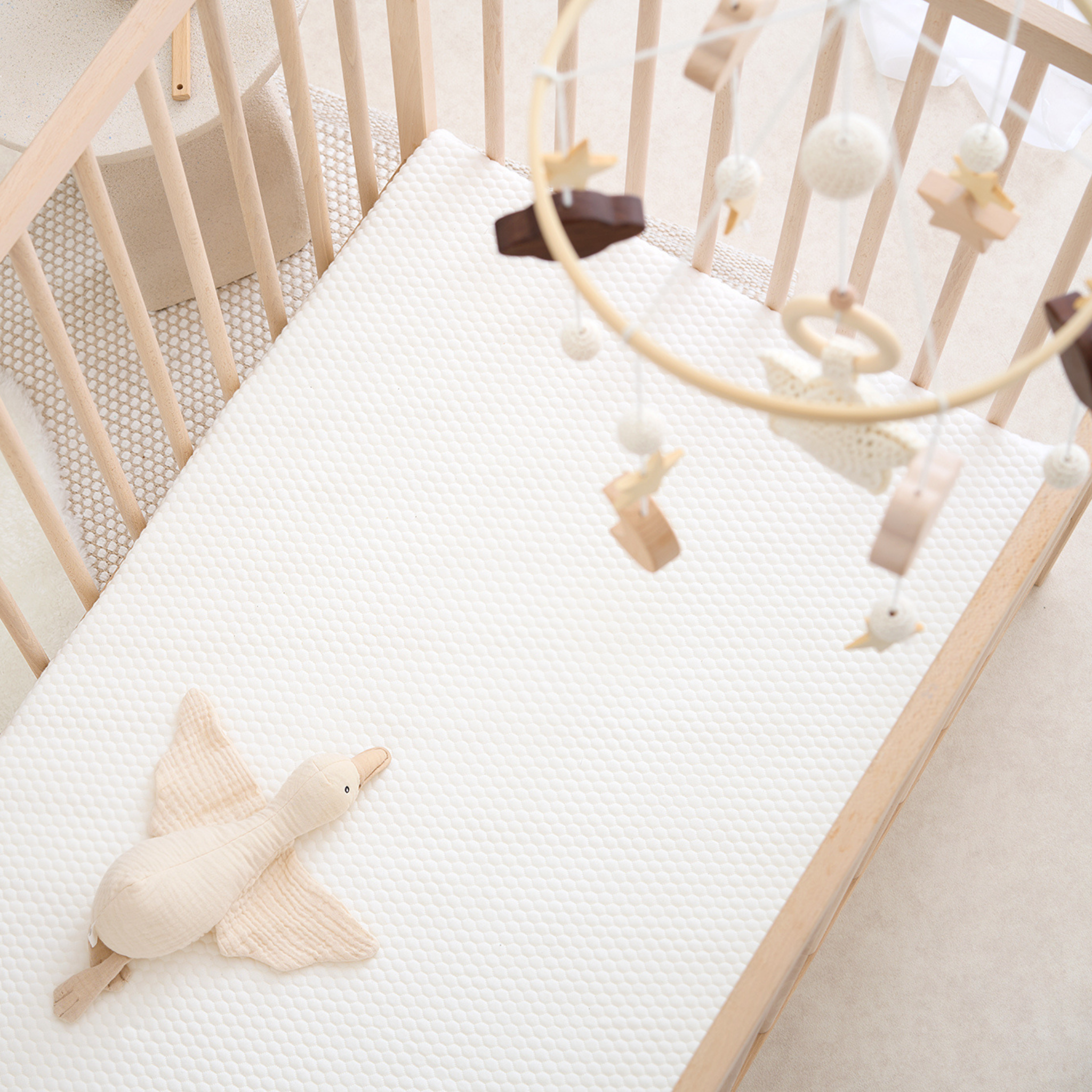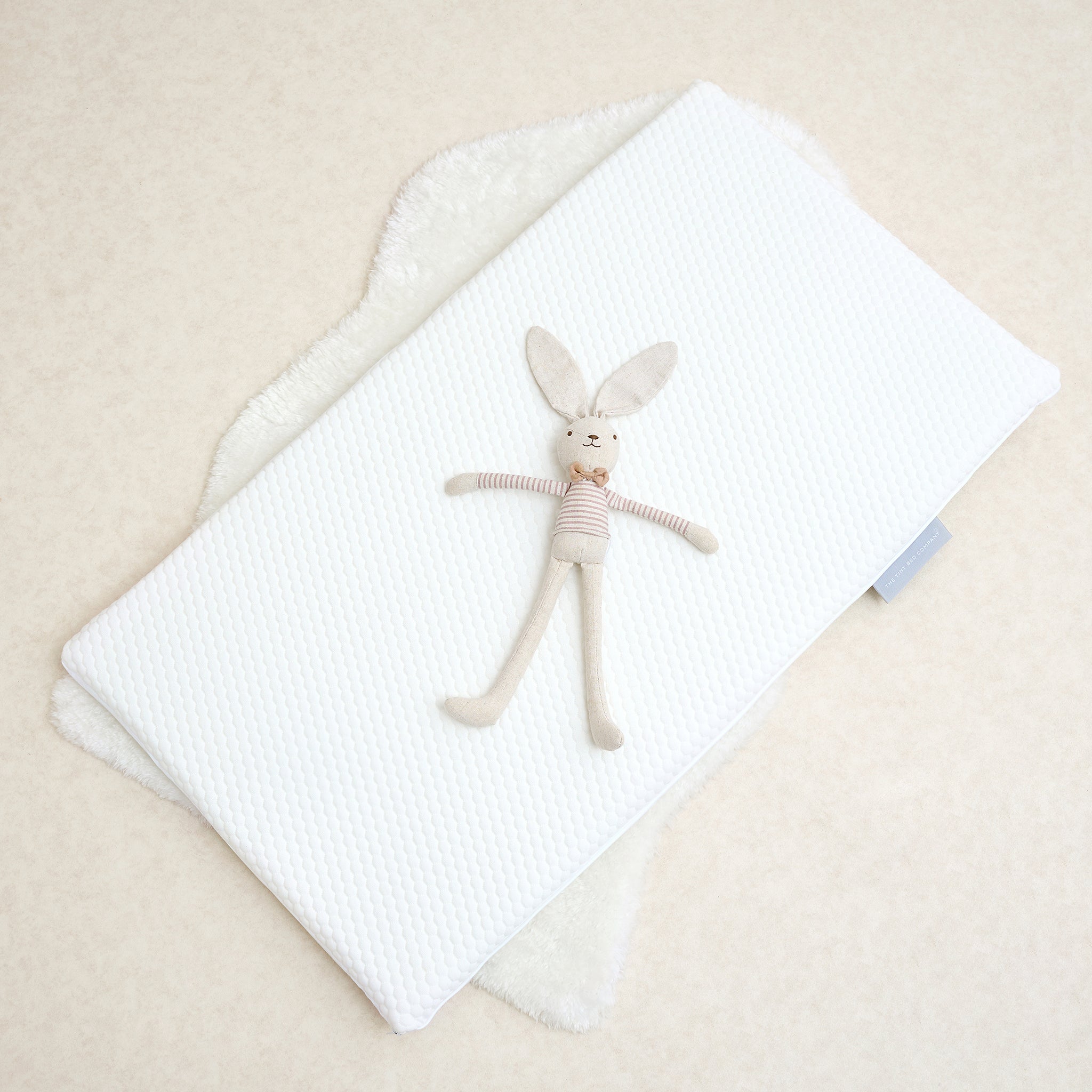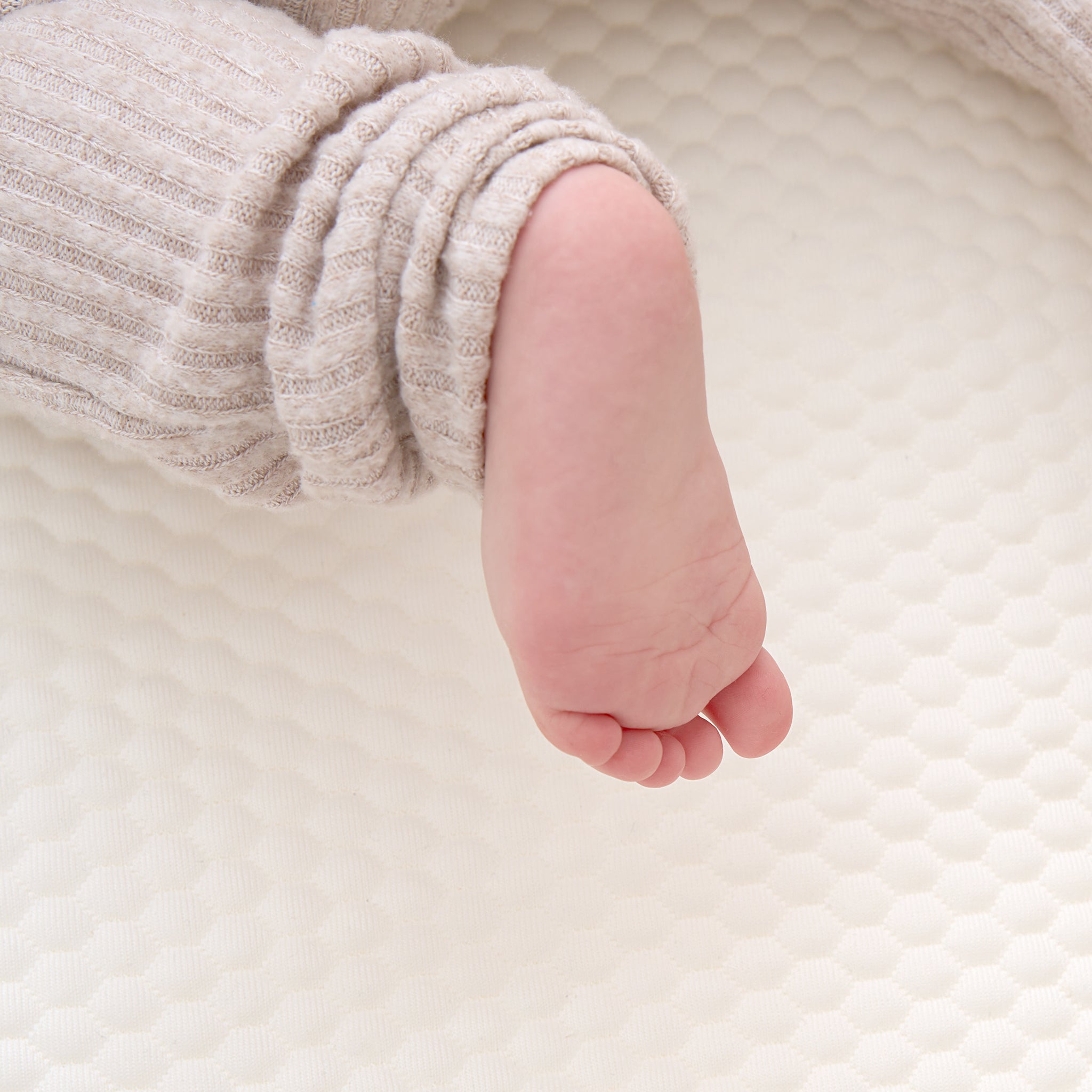Understanding Wake Windows for Newborn Babies
Welcoming a newborn into the family is a joyous occasion, but it can also bring about a myriad of questions and uncertainties, particularly regarding their sleep patterns. One concept that has gained prominence among new parents and sleep experts alike is the idea of "wake windows." Understanding and implementing wake windows can make a significant difference in ensuring your baby is well-rested and content. This blog post will delve into what wake windows are, why they are important, and how to manage them effectively.
What Are Wake Windows?
Wake windows refer to the period during which a baby is awake between naps. This includes the time they spend feeding, playing, and interacting with their surroundings. For newborns, these windows are incredibly short, typically ranging from 45 minutes to an hour and a half. As babies grow, these wake windows gradually extend, allowing them more time to engage with the world around them before needing to sleep again.
Why Are Wake Windows Important?
Newborns require a delicate balance of sleep and wakefulness to support their rapid development. Properly managed wake windows can help prevent overtiredness, which can lead to fussiness, difficulty settling, and disrupted sleep patterns. By understanding and respecting your baby’s natural rhythms, you can create a more predictable and harmonious routine, benefiting both your baby and yourself.
How to Determine the Right Wake Windows
Every baby is unique, and there is no one-size-fits-all approach to wake windows. However, there are general guidelines that can help you find the right balance:
-
Observe Your Baby’s Cues: Pay close attention to signs of tiredness, such as yawning, rubbing eyes, or becoming less engaged with their surroundings. These signals indicate that it’s time to start winding down for a nap.
-
Track Sleep Patterns: Keeping a log of your baby’s sleep and wake times can help you identify patterns and adjust wake windows accordingly. There are numerous apps available that can assist with tracking and analysing this data.
-
Adjust Based on Age: As a rough guide, newborns (0-3 months) typically have wake windows of 45-90 minutes. As they reach 3-6 months, this extends to 1.5-2.5 hours. However, always consider your baby’s individual needs and cues.
-
Create a Calm Environment: As the end of a wake window approaches, begin to create a calm and soothing environment. This might include dimming the lights, reducing noise, and engaging in quiet activities like reading or gentle rocking.
Tips for Managing Wake Windows
-
Consistency is Key: Try to maintain a consistent routine, even if the exact times vary. This helps your baby learn what to expect and can make transitions smoother.
-
Flexible Routine: While consistency is important, flexibility is equally crucial. Babies are unpredictable, and there will be days when wake windows might need adjusting due to growth spurts, illness, or other factors.
-
Respond to Changes: As your baby grows, be prepared to adjust wake windows. Developmental milestones, teething, and other changes can impact their sleep needs.
-
Encourage Independent Sleep: Helping your baby learn to fall asleep independently can make managing wake windows easier. This can involve putting them down while drowsy but still awake, allowing them to self-soothe.
Conclusion
Understanding and implementing wake windows can be a game-changer for new parents navigating the early months of their baby’s life. By tuning into your baby’s unique needs and establishing a balanced routine, you can help ensure they get the rest they need for healthy growth and development. Remember, while guidelines are helpful, every baby is different, and finding what works best for your family is the ultimate goal.
With patience, observation, and a bit of trial and error, you’ll soon find a rhythm that works for both you and your baby, paving the way for more peaceful and restful days ahead.

